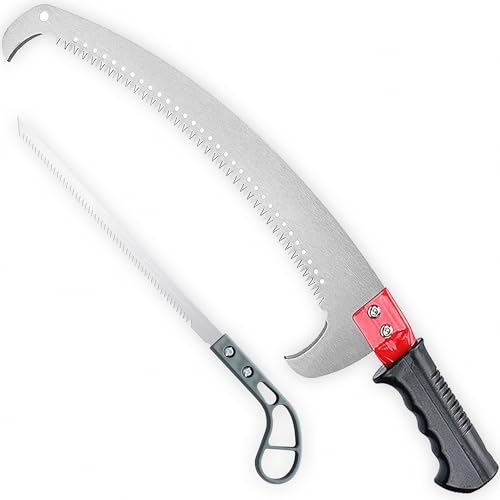clearance
Addicted to ArboristSite
What do you all think of "wildlife" trees, that is trees left standing, but killed, by being "girdled", that is a strip sawn through thier cambium layer? Left in areas like parks, or on utility right of ways? This practice is common here now, I have made many wildlife trees myself. Is it right to make these snags on purpose in areas where the public may wander or workers may have to work again?
After all, dead trees, while they provide benefits for the enviroment, do fall down from time to time. In the logging regs. here, snags (danger trees)are to be sawn down before any work takes place in the area they endanger. Thats logging though. Various city ISA arborists (non working ones ) and ISA utility arborists (non working) have these living trees killed and made into future hazards. You can guess what I think, I would like to hear other views, for I plan to take this matter up with these people and others.
Thank you/Jim
After all, dead trees, while they provide benefits for the enviroment, do fall down from time to time. In the logging regs. here, snags (danger trees)are to be sawn down before any work takes place in the area they endanger. Thats logging though. Various city ISA arborists (non working ones ) and ISA utility arborists (non working) have these living trees killed and made into future hazards. You can guess what I think, I would like to hear other views, for I plan to take this matter up with these people and others.
Thank you/Jim





 "-customer
"-customer


















































